Many of the last century’s most prolific photographers had frequent passion projects on the side of their professional work. Irving Penn, who worked with Vogue for more than sixty years, experimented in the studio and darkroom for long hours on his own, outside of his paid assignments. One such project, a series of experimental nudes made in 1949-50, printed using bleach and other chemicals, wasn’t exhibited or published until 1980, but they’re now regarded as some of his most influential images.
Then and now, personal practices have played a critical role in refining and strengthening the voices of photographers. For emerging artists and established pros alike, personal photography projects offer the opportunity to create for the sake of creating, without the pressure to conform to a client brief. Often, a side project works as an incentive to step outside your comfort zone and experiment with new techniques, as Penn did in the darkroom a generation ago, without fear of failure.
A personal project is any series made outside of a formal commission or job, though in many cases, they end up leading to assignments down the road. As with a test shoot, personal projects are great for having fun and building your portfolio, but they can also be instrumental in discovering who you are as a photographer and what matters to you the most. Here are our best tips for starting one of your own.
Start with what you know
Elke Vogelsang’s passion for photography began with capturing the personalities of her three dogs, Scout, Noodles, and Loli. That personal project evolved into a thriving career in professional dog photography. “Personal” is the operative word, so choose a subject that’s meaningful and significant to you. Maybe it starts with your family and loved ones, or perhaps it begins with a lifelong hobby.
Choose something that you can access easily, without the need for extensive travel or funding. It could be as simple as a set of still lives on your windowsill in the evening light or landscapes in a neighborhood park at dawn. Or it could be as involved as a documentary story about your local community, such as a conservation initiative, a beloved festival, or a marketplace brimming with artisanal talent. Make your project about a subject that fascinates you and will continue to interest you over the long haul.
Keep a journal
If you haven’t found something to spark and hold your interest, it might be worth keeping a notebook where you can jot down what inspires you. Maybe you write about a powerful memory or dream you had, or perhaps you just take note of details that spark your interest and imagination as you go about your everyday activities.
The fine art photographer Rob Woodcox has developed some of his best ideas through journaling and word-mapping. When creating a personal series of self-portraits and a journey of self-discovery, set in the moody landscapes of Iceland and the Pacific Northwest of the United States, he found inspiration in his memories, experiences, and dreams.
Create a mood board
A mood board doesn’t have to be fancy; it’s just a place where you pull together images that interest and motivate you. It can be a physical board, or it can be a folder on your computer, but the important thing is that it encourages you to actively seek out creative inspiration. When gathering these sources, you can start with other photographers, but remember to branch out to other art forms as well.
Maybe you set aside a day to go to the museum and pick up some postcards of work that caught your eye at the gift shop, or maybe you go to an antique fair and take snapshots of interesting objects. Once you’ve compiled a mountain of images, start refining and culling, and see if your edited selection guides you in a particular direction, either in terms of subject matter or aesthetic/stylistic decisions.
Use what you have
You can create personal work with anything and everything, from a mobile phone to a homemade pinhole camera. Agnieszka Pasko, who produced some super creative personal projects during and after recent lockdowns, has opened up about the fact that she used to think she needed a professional studio and lights to create magic. She now thinks differently: “a white wall and your imagination are enough.” For her series Lacuna, she even used cardboard boxes, acrylic paint, a straw, and a hairdryer to create compelling shapes and patterns.
Experiment
The beauty of personal projects is that you have the freedom to experiment with new tools, whether it’s an unexpected lens or an experimental lighting technique. While the prospect of making mistakes might seem daunting, it’s often those “mistakes” or happy accidents that lead to discoveries and breakthroughs. You’re not beholden to anyone else here, and you can try as many times as you’d like, so feel free to think outside the box.
A few years ago, as part of a personal project titled Elements, the fine art photographer Maria Svarbova introduced physical materials like water and fire to create a sense of three-dimensionality to her portraits. Consider challenging yourself with mixed media, collage, or alternative processes.
Set a goal
During the summer he was just fifteen years old, the award-winning photographer David Uzochukwu set himself the goal of creating one picture a day. By shooting a lot and working consistently, he developed his voice and perspective, while also exercising his creative muscles. Giving yourself a goal that feels attainable to you given your schedule, whether it’s making one photo a day or setting aside thirty minutes a week for personal work, can help you stay on track. Remember to start with realistic steps and work up from there. As you reach smaller milestones, you’ll gain the confidence to work up to more ambitious ones.
Seek out support
While working on a personal project is usually a solo venture, that doesn’t mean you have to go it alone. Connect with other photographers and artists (either online or in-person), and reach out when you feel stuck. They’re going through the same process, so they’ll have insight into how to deal with problems as they arise. It’s also invaluable to have a friend for accountability; that way, you’re not only shooting for yourself, but you also have someone on the sidelines cheering you on.
Take your time
While deadlines are helpful, it’s equally important to recognize that personal work can take time to cultivate, so slow down and take as much as you need to bring your vision to life. Erik Johansson, who was recently included in our surrealist photographers roundup, devotes months of planning, shooting, and editing time to the creation of single images.
Take time to reflect and reassess, and give the project room to breathe, grow, evolve, or even change. You don’t always have to adhere to your original plan if you find yourself inspired to explore a new path. Personal projects are as much about the process as they are the destination.
Not on 500px yet? Sign up here to explore more impactful photography.

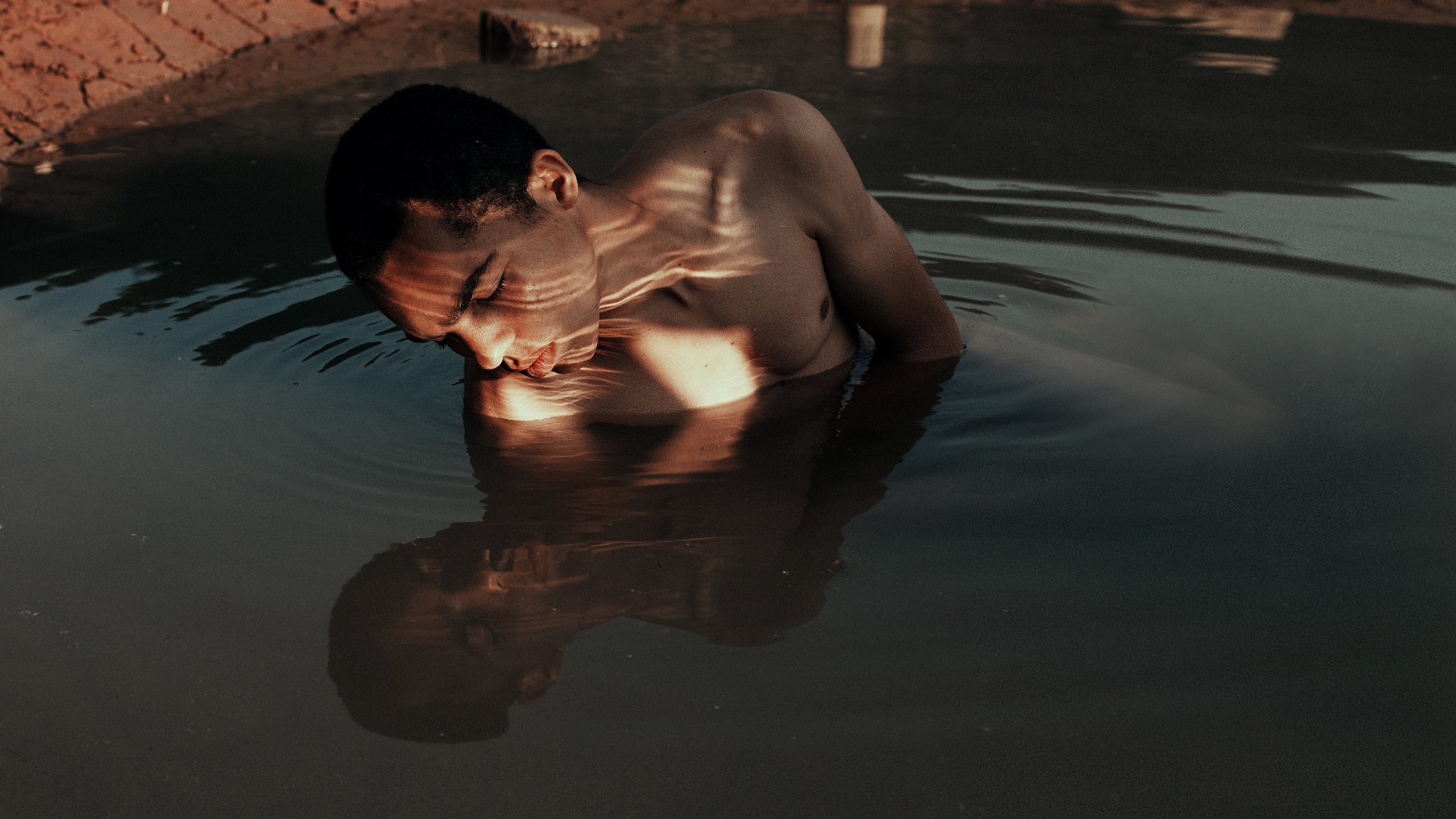
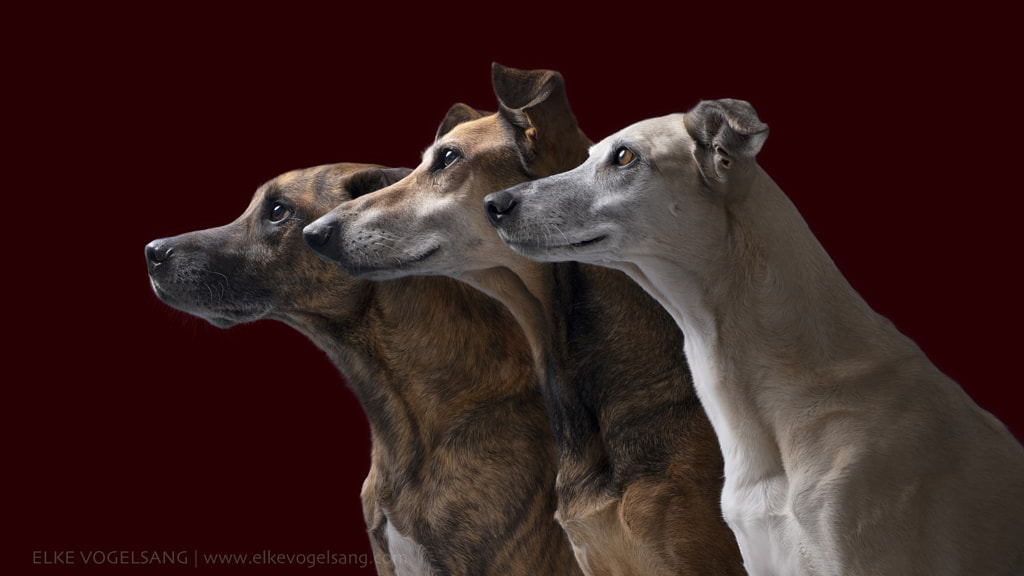
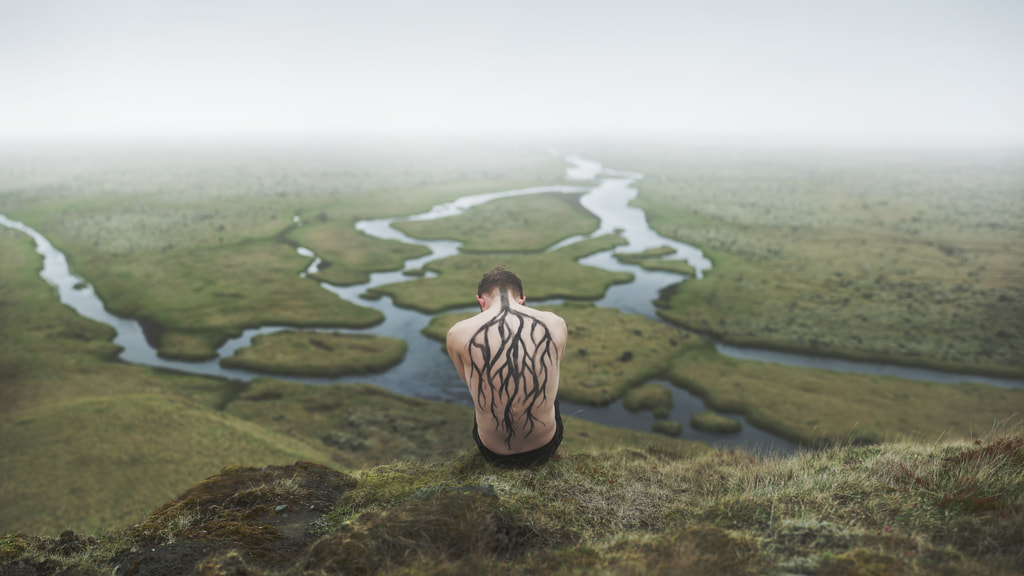

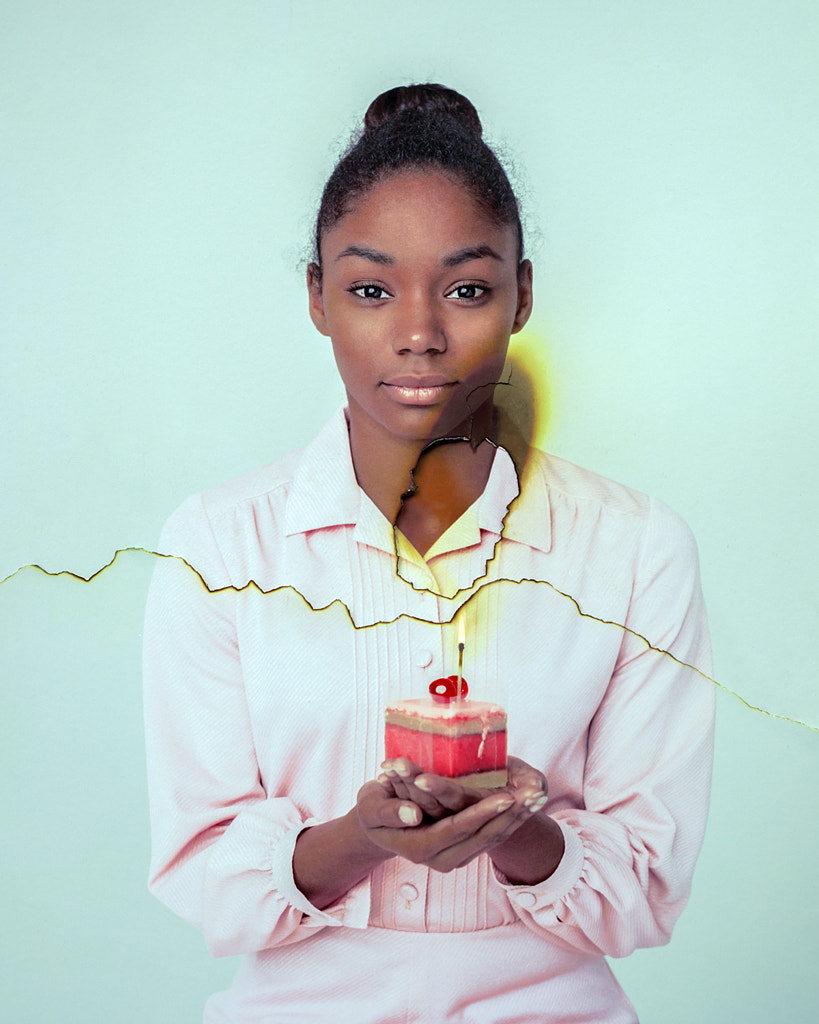
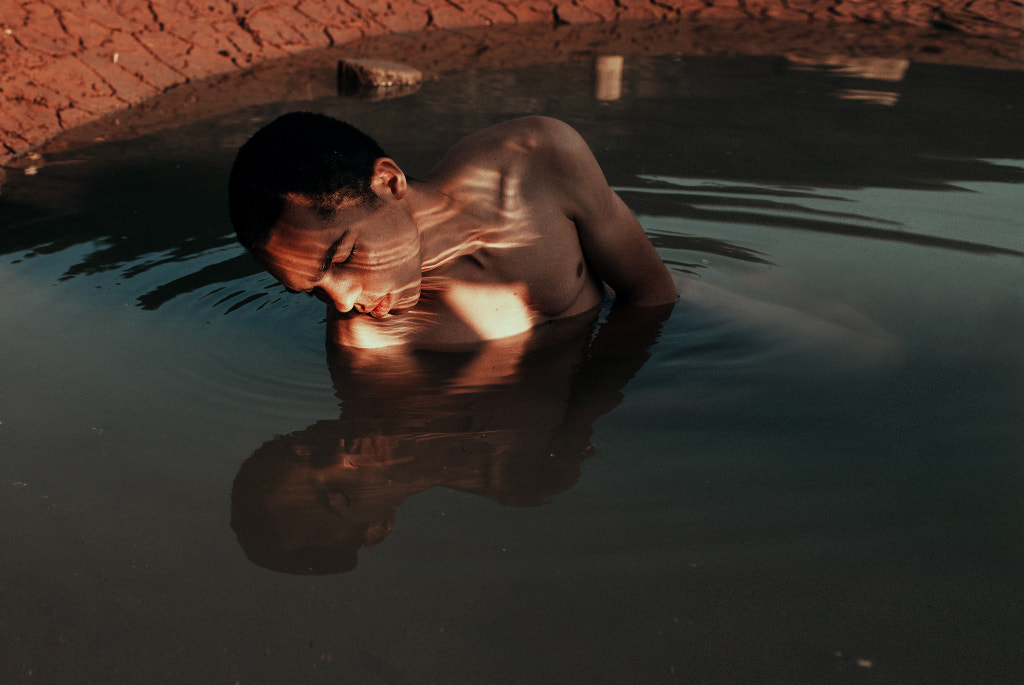
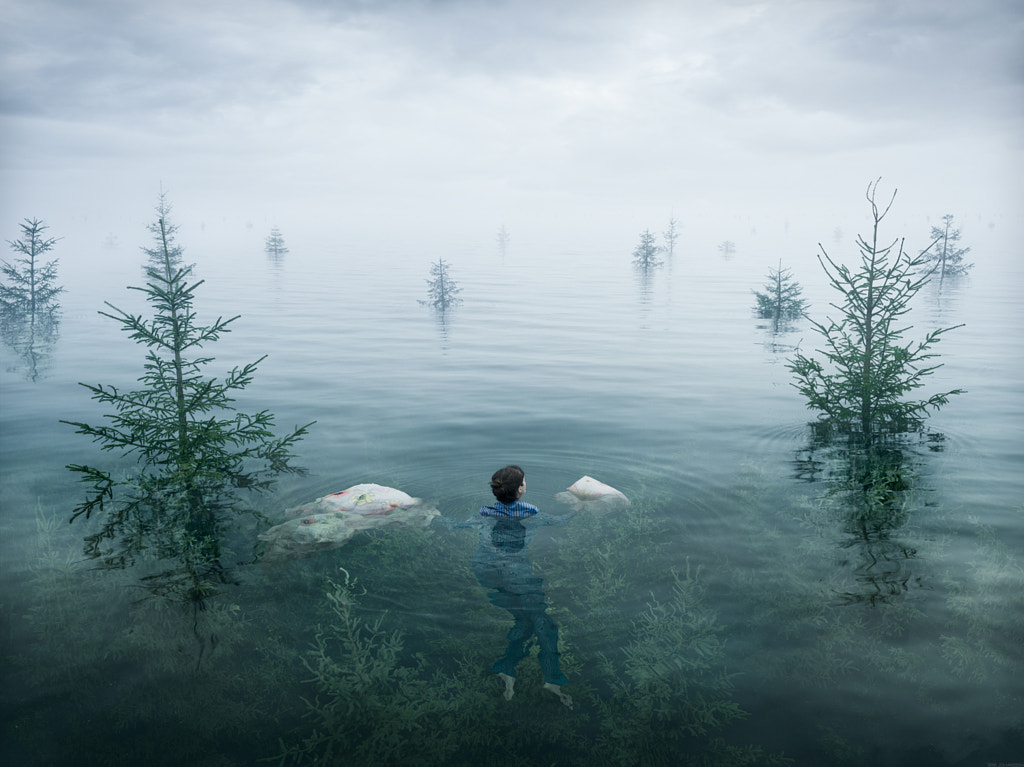



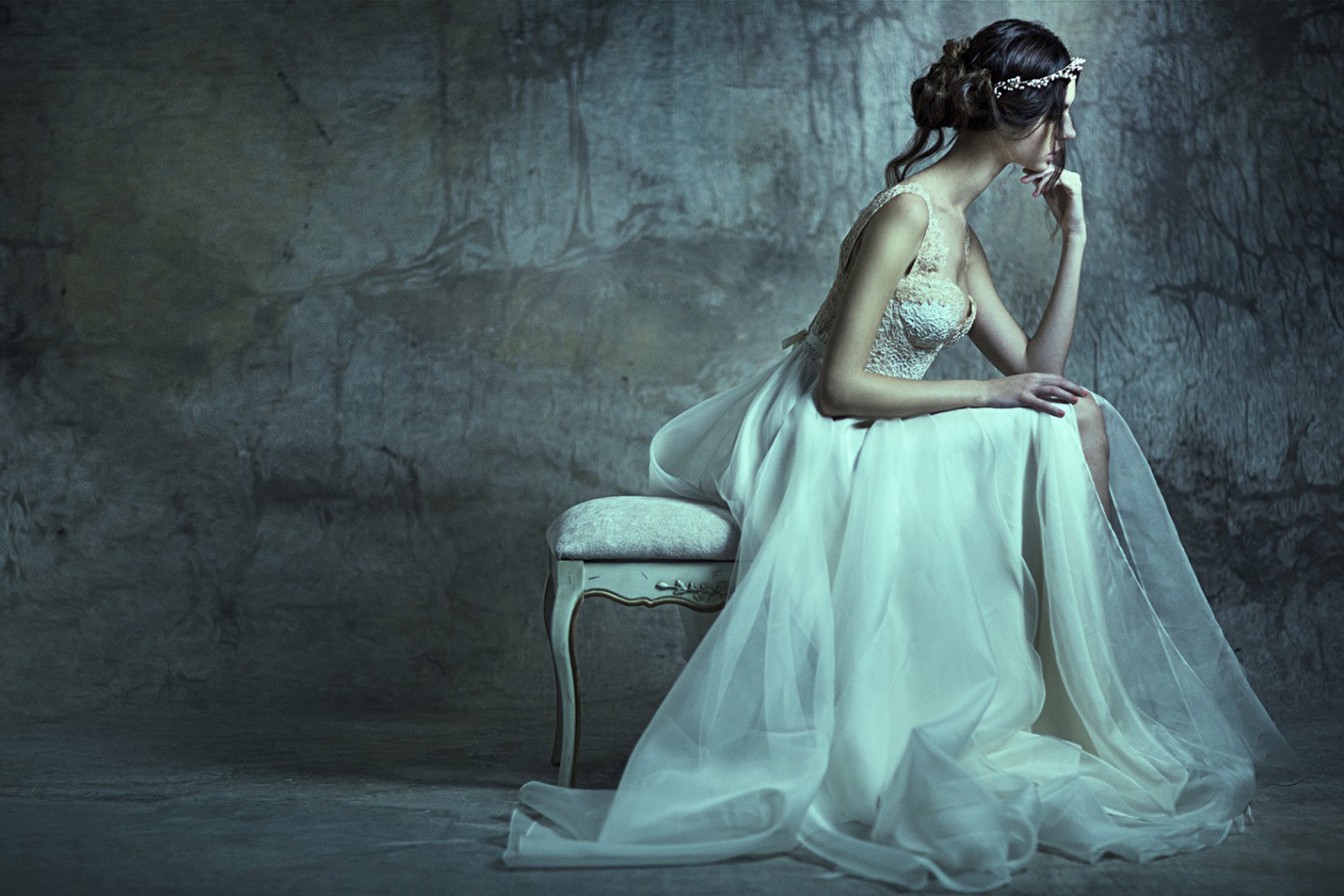

Leave a reply